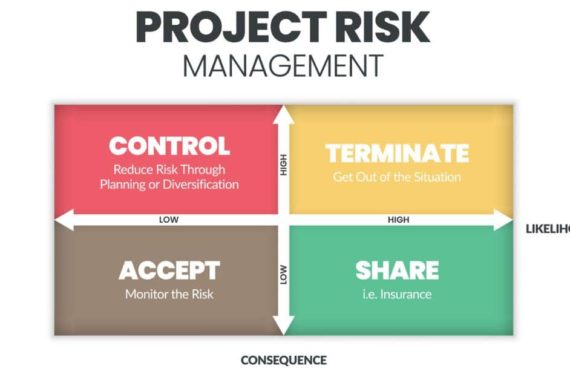Change Management for Construction Projects: An In-Depth Analysis of the Change Processes and Planning Techniques

Introduction
Change is a given in construction. Whether it’s the weather, a new law, or just shifting project priorities, there are plenty of reasons why change happens in the field. But that doesn’t make it any less overwhelming to deal with—or to deal with effectively. In this post, we look at how organizations can handle change properly by planning for it and implementing those changes in an organized way.
Introduction: What are the Challenges of Change?
Change is inevitable in construction, and it can happen for a variety of reasons. Construction projects are complex and dynamic environments that require constant adaptation to meet the needs of stakeholders. Change can be positive or negative, planned or unplanned, incremental or radical. It can be internal or external, caused by internal or external factors such as events in the project or organization (e.g., failure to meet objectives), technical operational issues (e.g., equipment failure), organizational issues (e.g., new policies implemented by management), economic/political factors (e.g., an increase in demand for services).
In this article, we’ll look at how you should approach change management planning for your project based on what type of change you’re dealing with—and how you can use various techniques to help manage it effectively
The Importance of Planning for Change.
It’s important for a business to be able to adapt and respond to the changes that inevitably occur during a construction project. Change can be positive or negative, planned or unplanned, help or hurt a business—and it affects people in different ways. Just think about how many times you’ve changed jobs over the years!
You’re probably familiar with the concept of change management as it applies within an organization, but what does “change management” mean for construction projects?
How to Build a Comprehensive Change Management Plan.
The key elements of a change management plan are:
- Change process, including the steps for handling changes
- Change control board, who is responsible for decision-making and approval
- Communication channels, who will be involved in communication with all stakeholders (including customers)
- Risk assessment matrix, how to prioritize risks and assign them according to their severity and probability of occurrence
The benefits of having a comprehensive change management plan include * More predictability in project execution (since you know what to expect at each stage) * Less impact on project budgets due to unexpected changes or delays.
The Steps To Successful Implementation.
- The Importance of a Change Management Plan. A change management plan is essential to the success of any major project. It will help you to identify and define all changes that need to be made during the course of your construction project, as well as how they will affect different stakeholders and resources. The changes should be categorized into two groups:
- Those that fall within the original scope of work, which means they can be implemented without any problems (e.g., when it comes time for drywall installation).
- Those that fall outside the original scope of work, which means they may require additional planning or budgeting before being implemented (e.g., when it comes time for drywall installation).
Change is inevitable in construction, but it can be handled properly if your organization follows these steps.
Change is inevitable in construction. It’s a necessary part of the process. However, if your organization fails to plan properly for change and engage stakeholders appropriately during the change management process, it can have negative consequences on project performance and team morale.
Change management is a structured approach that facilitates communication between all parties involved in a project so they know what’s happening with their work within the overall scope of its development—and how it affects them personally. This helps prevent issues such as miscommunication or misunderstanding about deliverables, timelines, budgeting, and more from arising.
Conclusion
Change is a natural part of construction projects, but it doesn’t have to be the worst part. By following these steps and creating a comprehensive change management plan, you can ensure that your organization doesn’t lose money on unnecessary expenses or miss deadlines due to unforeseen circumstances. A good plan will also help improve your ability to avoid conflict with stakeholders when changes are needed for any reason, whether it’s due to an unexpected problem during production or simply because there was no suitable way around changing course once all necessary information had been gathered about how best handle each situation











